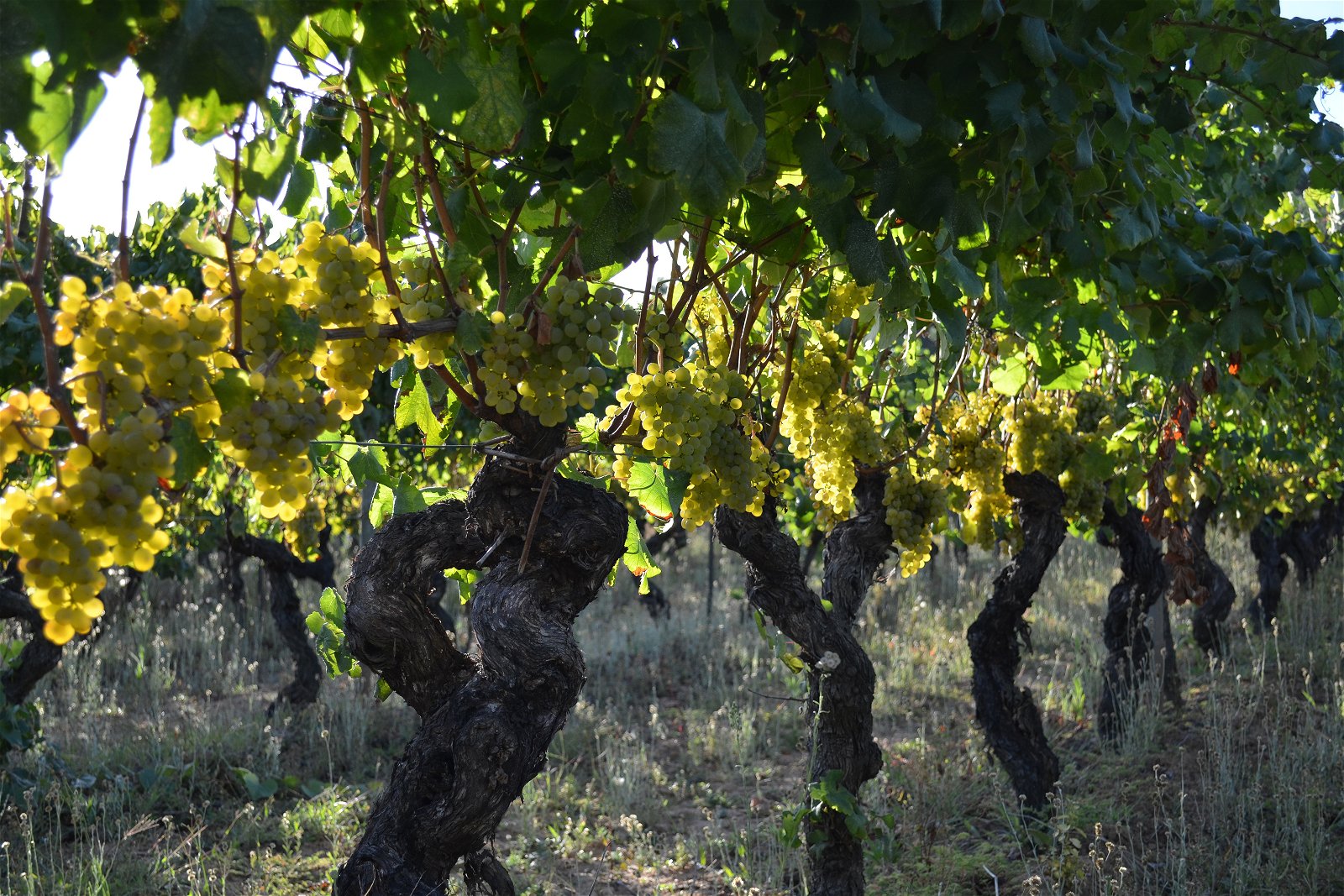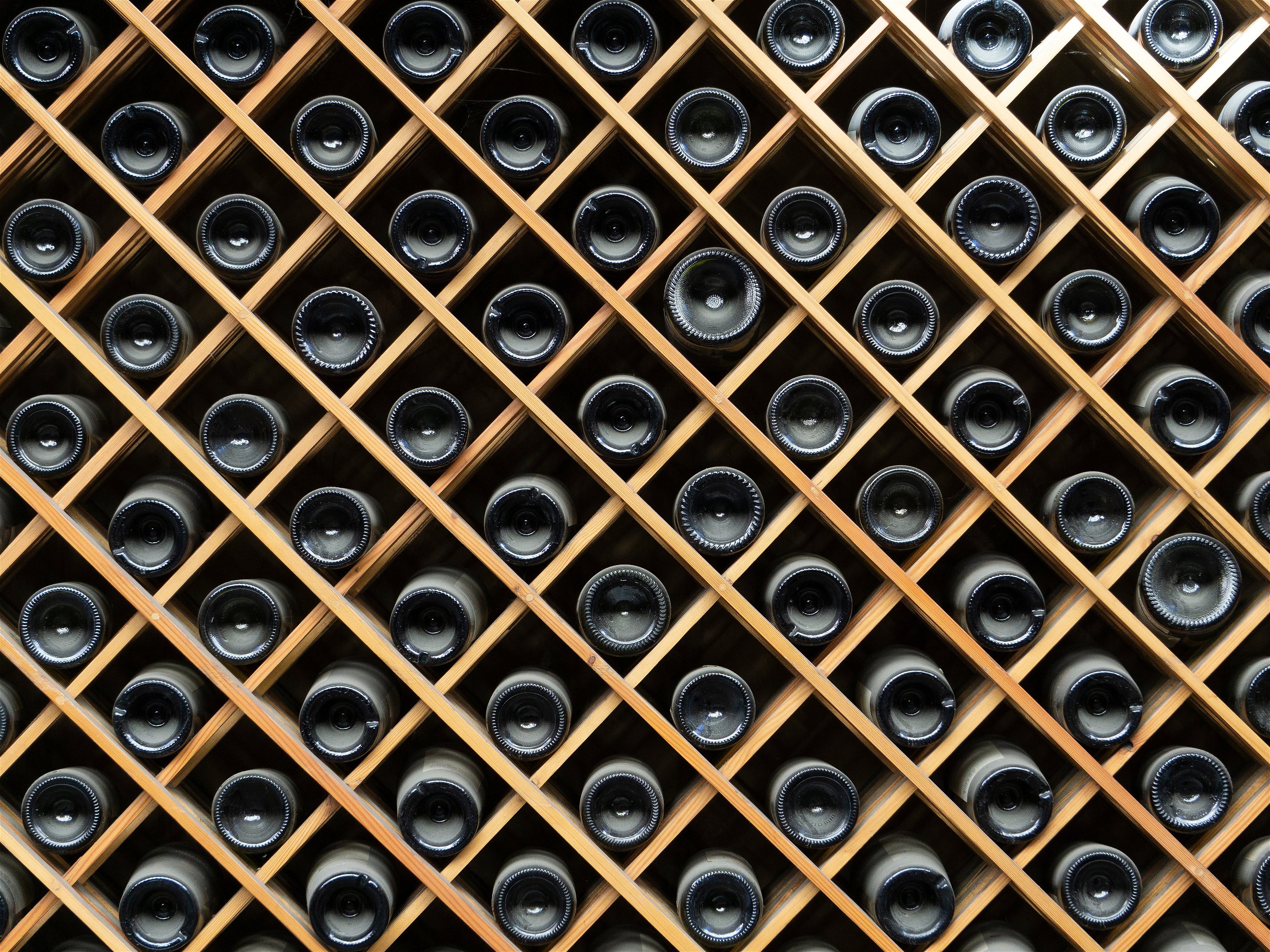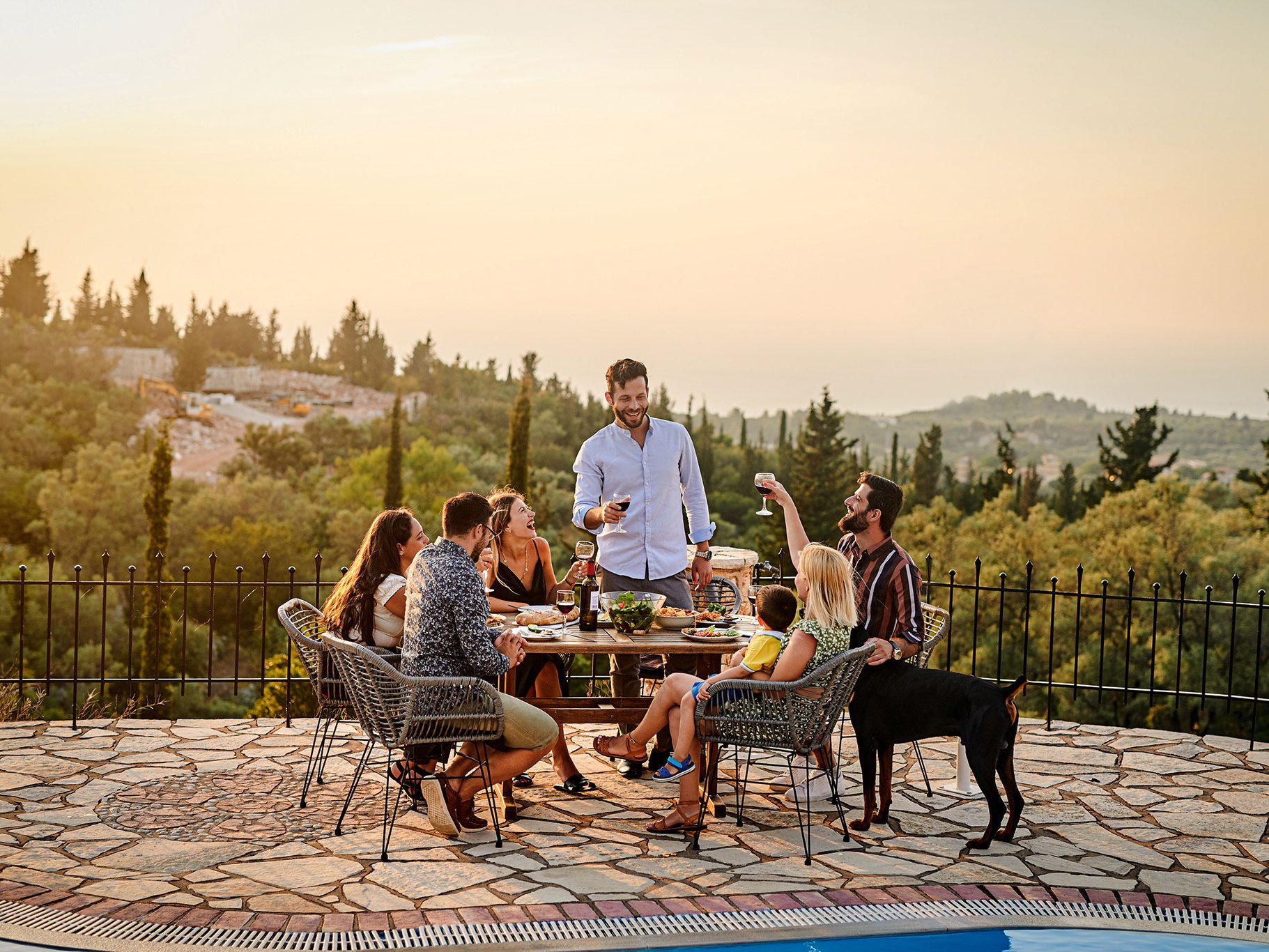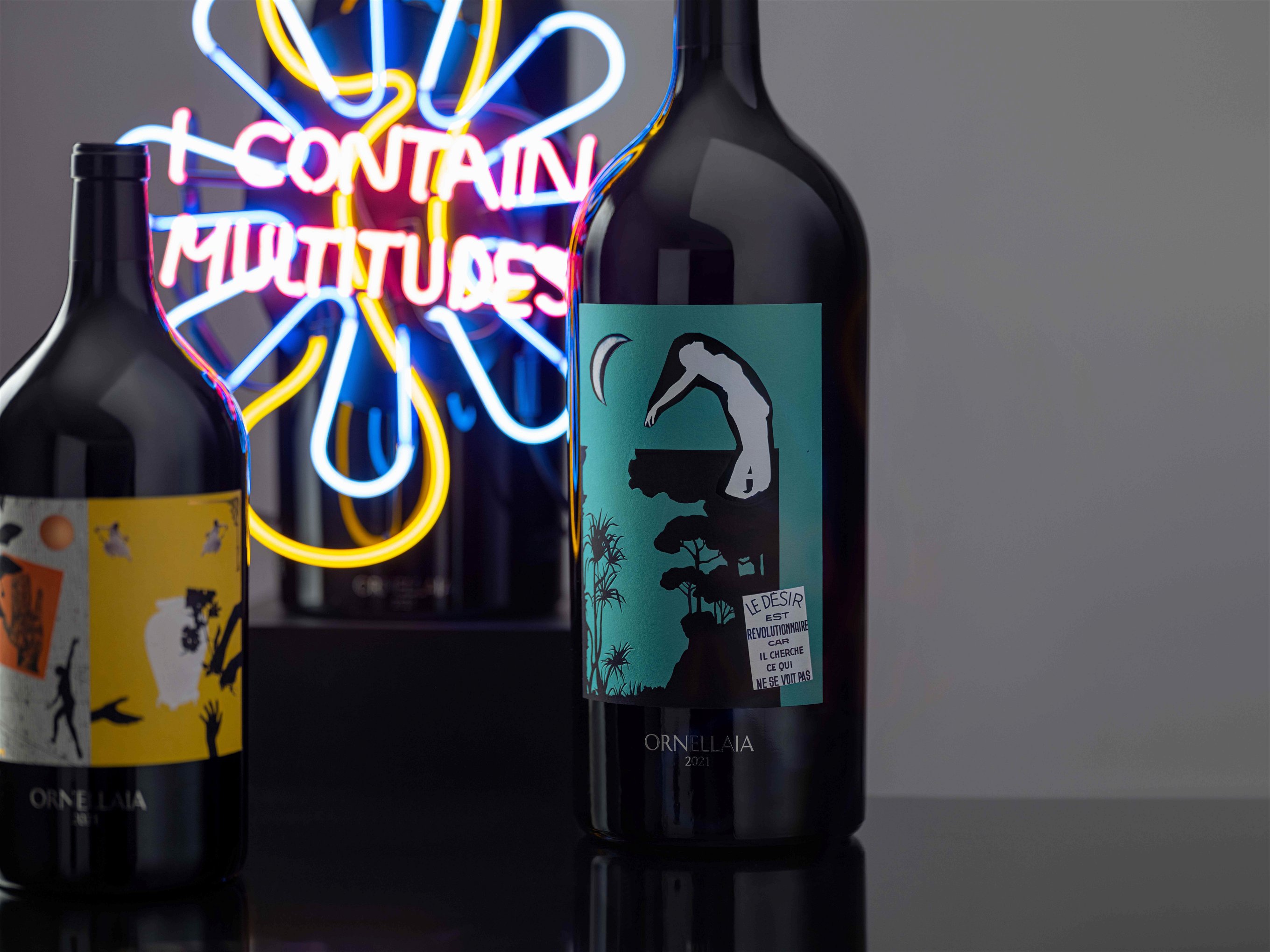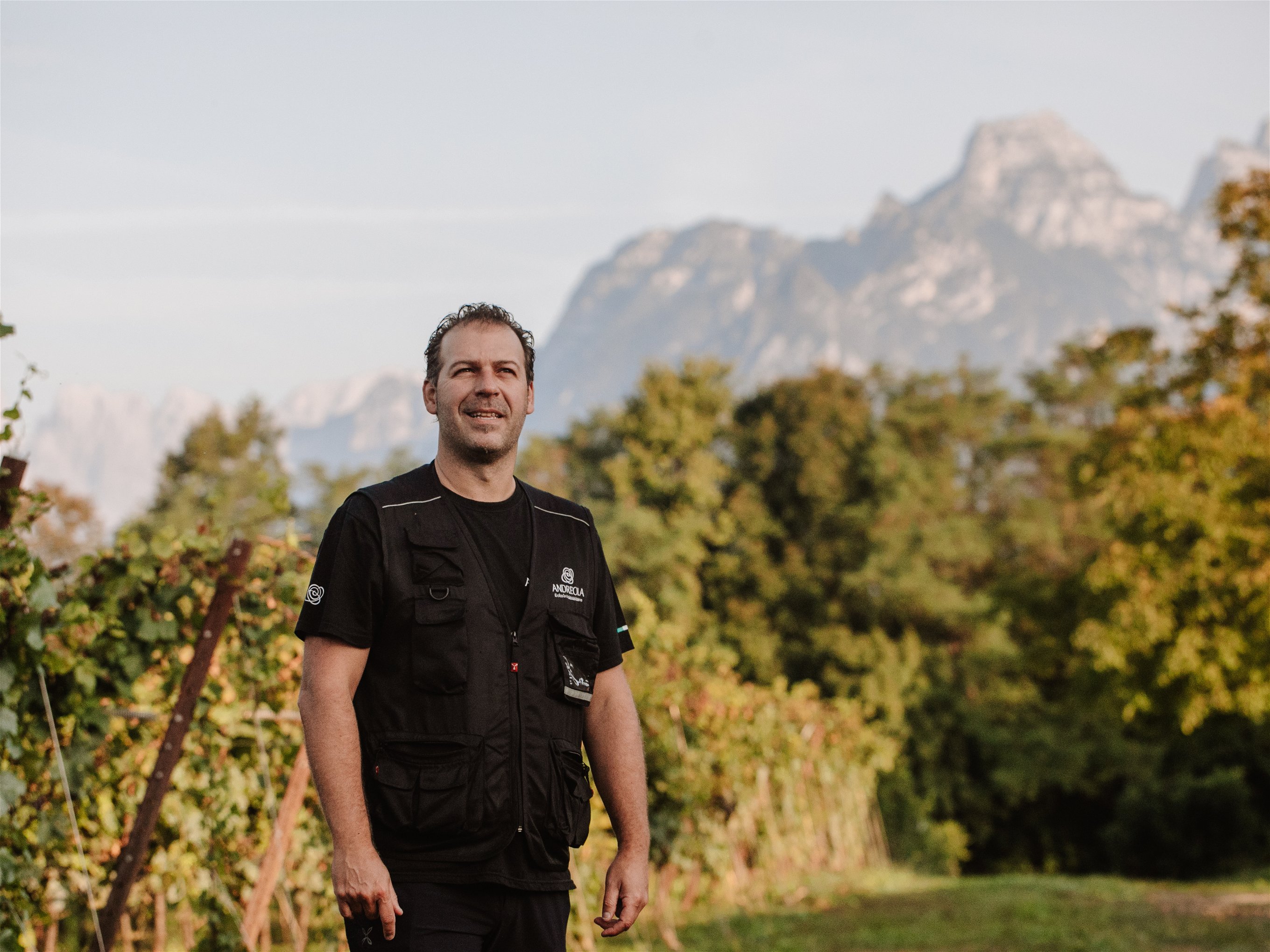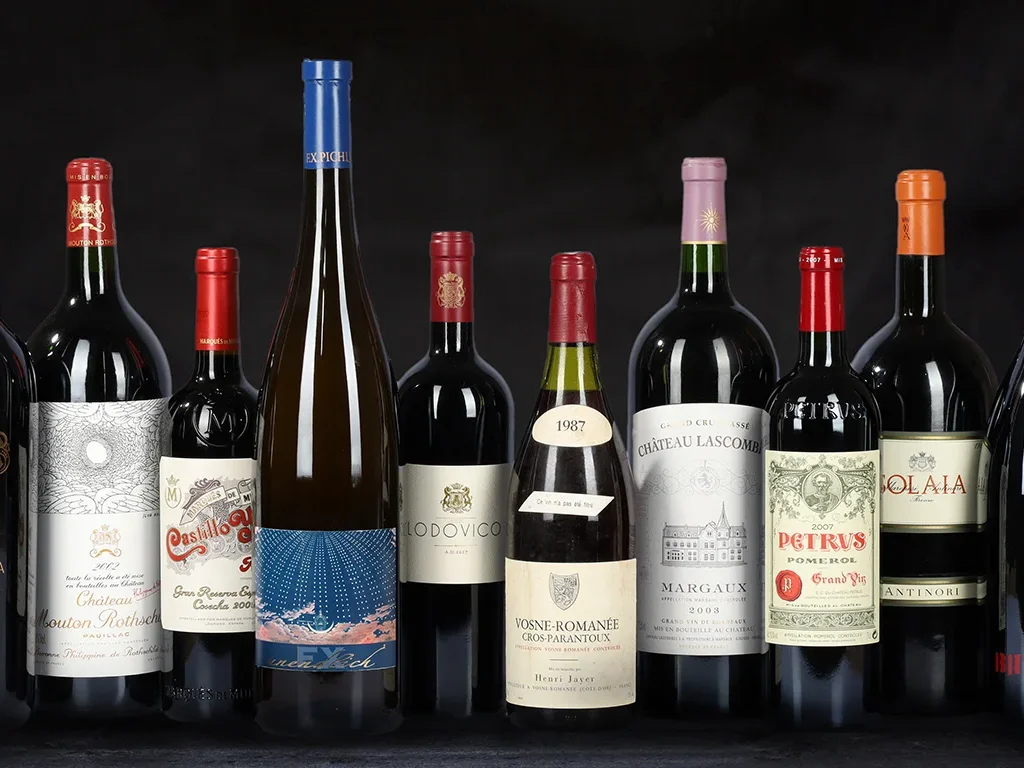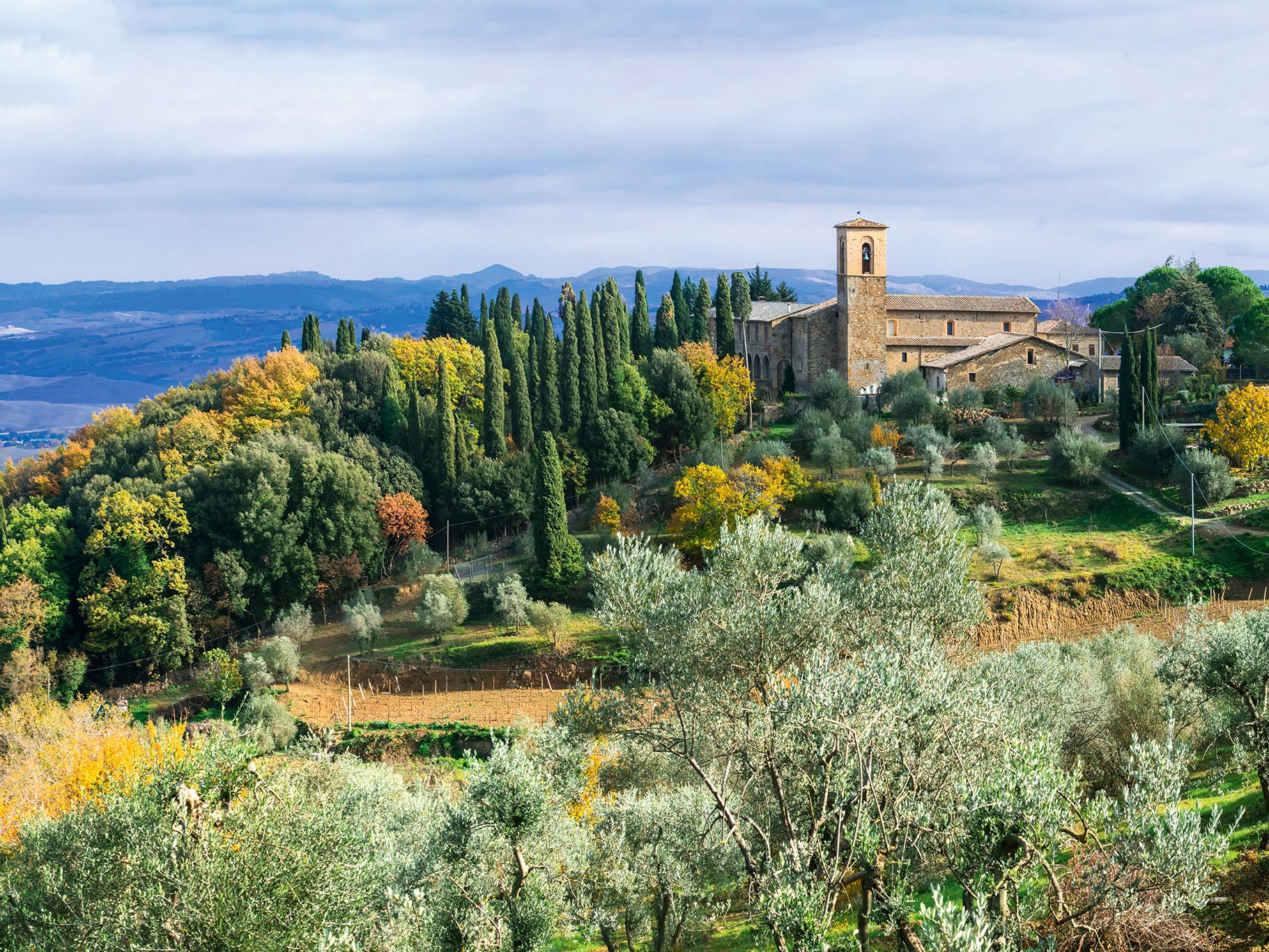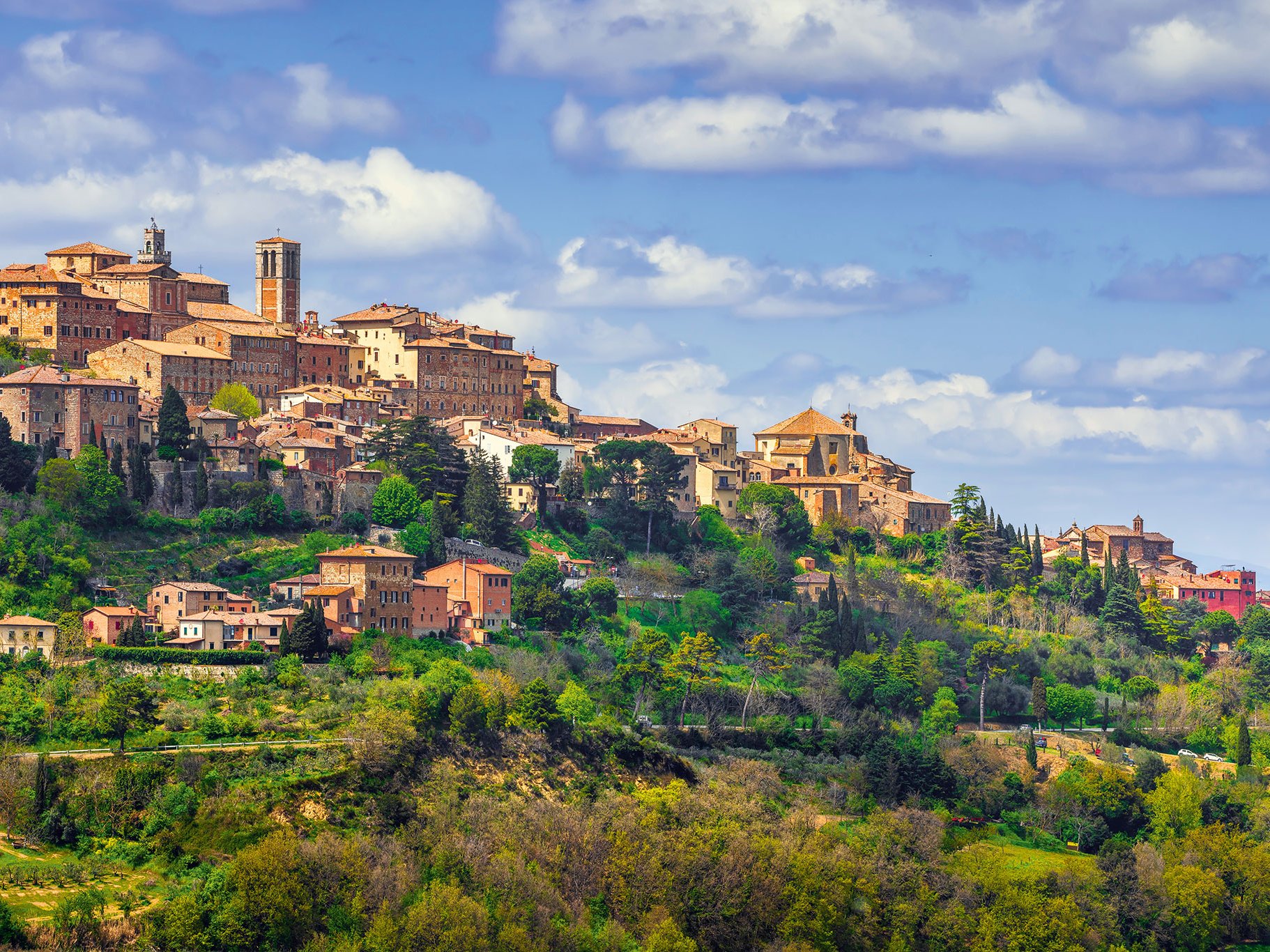For over a millennium, Bairrada, which is located south of the Douro River and sandwiched between the rivers Vouga to the north and Mondego to the south, has been a thriving wine region. The Treaty of Windsor in 1386 resulted in strong commercial and political ties between England and the Kingdom of Portugal. Further treaties in the 1600s and 1700s tied the production and export of Port wine very closely to the UK. By the mid 18th century, when demand for Port was at its height, it became apparent that there were some fraudulent practices, notably the addition of Baga grape juice to Port wines. This native grape of the Bairrada region added both colour and an illusion of quality. This dishonest practice resulted in Bairrada's vines being forcibly grubbed up. The region finally regained its own status in 1979 for red and white wines and 1991 for sparkling wines. Bairrada is much flatter than Dão and Douro; its proximity to the Atlantic coast provides a cool, moist climate and vines are mostly planted on clay soils. 'Barro' is Portuguese for clay. Baga, accounts for 75 percent of wine production. Although thick skinned, Baga can struggle to ripen with the early onset of rain at harvest. These days crops tend to be thinned and vegetation kept at bay in order to aid ripening, whilst destemming helps assuage Baga's assertive acidity and tannins. White and sparkling wines are mainly made from Fernão Pires and Bical. In recent years, the share of Touriga Naçional has increased and there are plantings of ubiquitous international varieties. Production is still essentially determined by cooperatives, Sogrape being famous for its most popular mass wine in the world, Mateus Rosé.
